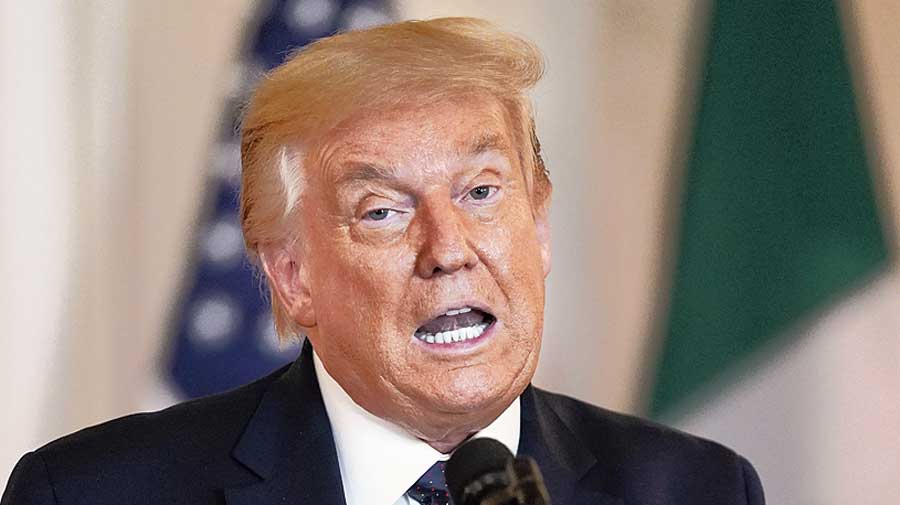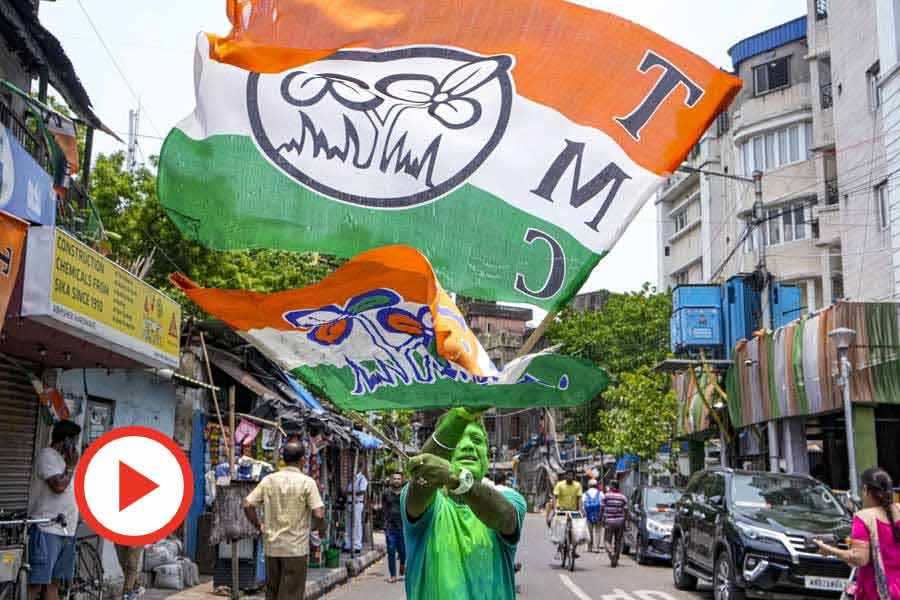With his political path narrowing, President Trump turned to the courts and procedural maneuvers on Wednesday in a last-ditch effort to stave off defeat in the handful of states that will decide the outcome of the bitterly fought election.
The President’s campaign intervened at the Supreme Court in a case challenging Pennsylvania’s plan to count ballots received for up to three days after Election Day. The campaign said it would also file suit in Michigan to halt the counting there while it pursues its demands for better access for the observers it sent to monitor elections boards for signs of malfeasance in tallying ballots, modelled on a similar suit it was pursuing in Nevada.
On Wednesday evening, Trump’s team added Georgia to its list of legal targets, seeking a court order enforcing strict deadlines in Chatham county in the wake of allegations by a Republican poll observer that a small number of ineligible ballots might be counted in one location.
In Wisconsin, which along with Michigan was called on Wednesday for his Democratic opponent, Joseph R. Biden Jr., the president’s campaign announced it would request a recount.
The moves signalled Trump’s determination to make good on his longstanding threats to carry out an aggressive post-Election Day campaign to upend any result not in his favour and pursue his baseless allegations that the outcome was rigged.
But it was not clear how much effect any of his efforts would have. In Georgia, the suit is about 53 ballots, and another case in Pennsylvania is about fewer than 100.
The suits appeared intended at least in part to give some legal weight to a fight that Trump has largely carried out on Twitter and amplified during an overnight appearance at the White House, where he falsely claimed to have won and asserted with no evidence that his opponents were trying to steal the election.
As the legal team began staking its ground, campaign surrogates, aides and the President himself sought to create a public relations drumbeat to promote that theme. Trump had long indicated he would push that argument in the widely expected event that early leads for him in Election Day counts withered as a record number of mail ballots — used disproportionately by Democrats this year — tipped the balance towards Biden.
With Biden in a strong position, the chances of the outcome being determined in court ebbed on Wednesday.
But the day nonetheless had some echoes of the 2000 recount in Florida in which Al Gore unsuccessfully challenged an outcome that gave George W. Bush the presidency.
In a scene that was reminiscent of the so-called Brooks Brothers Riot protest on behalf of Bush that temporarily halted counting in Miami-Dade that year, a crush of Trump supporters on Wednesday stormed a counting office in Detroit with shouts of “Stop the count.”
But this year’s legal clashes were breaking out across several states, and in most cases, it was the Republicans who appeared to be battling from behind, a disadvantageous opening position, though one that Trump’s aides hoped would shift yet again as the counts continued to evolve.
Republicans claimed that they sought to ensure only that the recorded tally did not include votes that should not have counted, rather than repeating the President’s claims that all counting should have stopped on Election Day.
New York Times News Service










